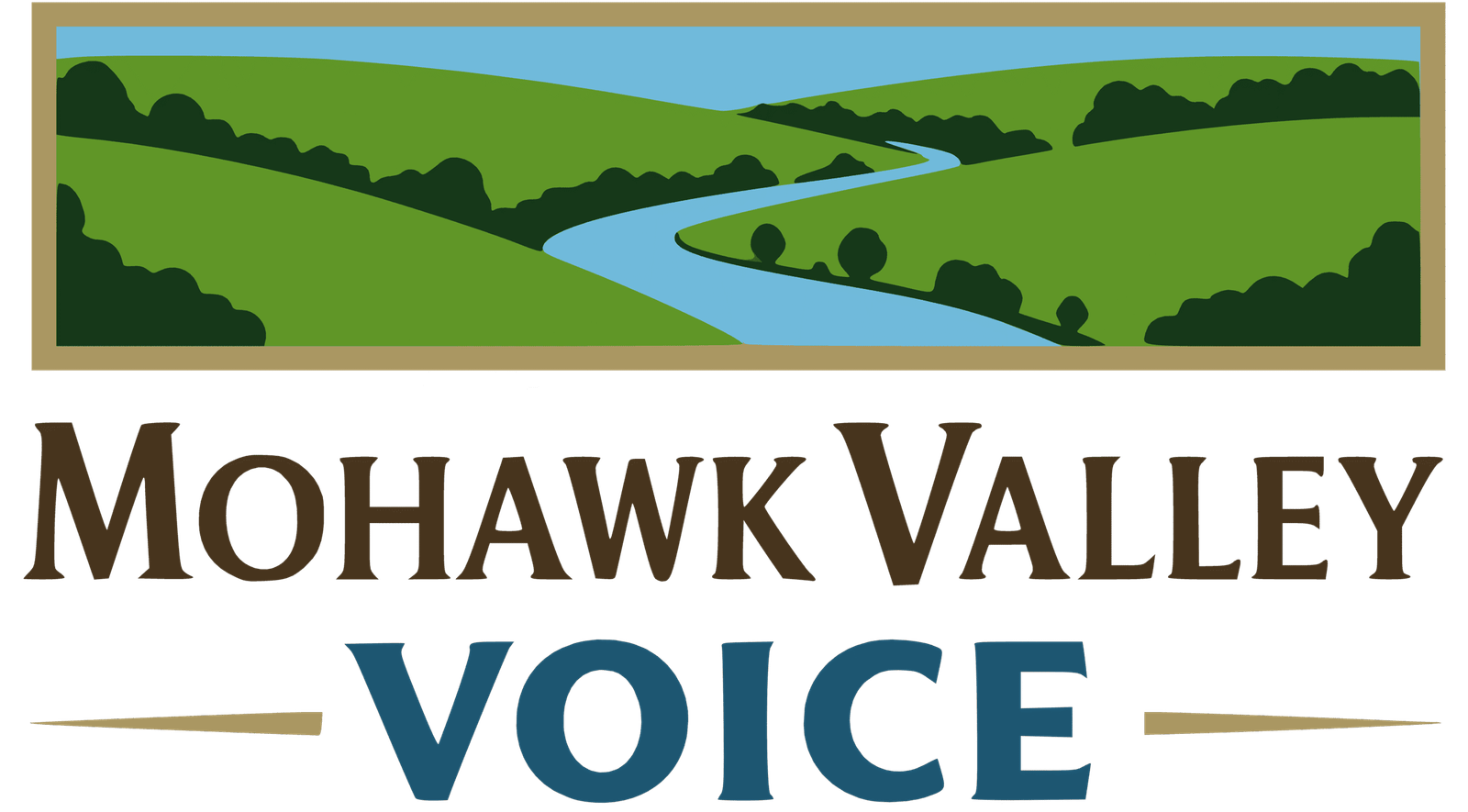Violence Erupts Across Syracuse: Two Shooting Investigations Underway
Police Probe Separate Incidents on West Calthrop Avenue and South Salina Street
Syracuse Police are actively investigating two separate shooting incidents that have shaken different neighborhoods across the city, highlighting ongoing concerns about gun violence and community safety. The shootings occurred on West Calthrop Avenue and South Salina Street, representing a troubling pattern of violence that affects families, neighbors, and the broader Syracuse community. These incidents underscore the urgent need for comprehensive approaches to violence reduction and community healing.
The occurrence of multiple shootings in a short timeframe reflects the complex challenges facing urban communities where gun violence has become an all-too-common reality. As investigators work to solve these cases, Syracuse residents are once again confronting the impact of violence on their neighborhoods and the need for sustained efforts to create safer communities for everyone.
Details of the Shooting Incidents
West Calthrop Avenue Shooting
The shooting on West Calthrop Avenue occurred in a residential area where families live and children play, bringing violence directly into a neighborhood setting. The specific circumstances of this shooting, including the number of victims, their conditions, and potential motives, remain under active investigation as police work to gather evidence and interview witnesses.
West Calthrop Avenue represents one of many Syracuse neighborhoods where residents struggle with the ongoing impact of gun violence. The psychological effect of shootings extends far beyond the immediate victims to include neighbors, children, and families who witness or fear similar violence in their own community.
South Salina Street Incident
The separate shooting on South Salina Street indicates that violence is not confined to any single area of Syracuse but affects various neighborhoods across the city. South Salina Street, as a major thoroughfare, sees significant foot traffic and commercial activity, meaning that violence in this area affects not just residents but also businesses and visitors.
The investigation of this second shooting involves similar challenges to the first: gathering evidence, interviewing witnesses, and working to understand the circumstances that led to violence. The proximity in timing of these incidents may or may not be related, but both contribute to the community’s overall sense of insecurity.
Investigation Challenges and Process
Evidence Collection and Witness Cooperation
Syracuse Police face the challenging task of investigating multiple shooting scenes simultaneously, requiring careful allocation of detective resources and forensic specialists. Each crime scene must be thoroughly documented and processed for physical evidence while investigators work to identify and interview potential witnesses.
Witness cooperation often represents one of the most significant challenges in urban shooting investigations. Fear of retaliation, distrust of law enforcement, and community codes against cooperation can make it difficult for police to gather the testimony needed to solve cases and bring perpetrators to justice.
Ballistics and Forensic Analysis
Modern shooting investigations rely heavily on ballistics analysis, DNA evidence, and other forensic techniques to connect suspects to crimes. However, this scientific evidence must be combined with witness testimony and other investigative work to build cases that can succeed in court.
The Syracuse Police Department likely coordinates with state and federal forensic laboratories to process evidence from these shootings. The complexity of forensic analysis means that investigations can take months or years to complete, even when physical evidence is available.
Community Impact and Response
Neighborhood Effects
Shootings create ripple effects throughout affected neighborhoods that extend far beyond the immediate crime scenes. Children become afraid to play outside, families change their daily routines to avoid dangerous areas, and businesses may lose customers who fear for their safety.
The psychological impact on community members includes increased anxiety, depression, and trauma symptoms that can affect entire families. These effects are particularly pronounced in neighborhoods that have experienced repeated violence over time, creating communities where fear becomes a constant presence.
Economic Consequences
Gun violence imposes substantial economic costs on communities through decreased property values, reduced business investment, and increased security expenses. Neighborhoods with frequent shootings often struggle to attract and retain businesses that provide employment and services for residents.
The cost of investigating and prosecuting shooting cases also strains municipal budgets, requiring significant investments in police personnel, forensic services, and court proceedings. These expenses divert resources from other community needs and services.
Root Causes and Contributing Factors
Socioeconomic Factors
Gun violence often correlates with underlying socioeconomic challenges including poverty, unemployment, lack of educational opportunities, and limited access to social services. Syracuse, like many urban areas, faces these interconnected problems that create environments where violence becomes more likely.
Addressing gun violence effectively requires attention to these root causes rather than relying solely on law enforcement responses. Economic development, education programs, and social services all play important roles in violence prevention.
Illegal Gun Access
The availability of illegal firearms remains a critical factor in urban gun violence. Syracuse’s location along major transportation corridors can facilitate gun trafficking from areas with weaker firearms regulations to local criminal networks.
Law enforcement agencies work to disrupt illegal gun trafficking through joint task forces and intelligence sharing, but the problem requires sustained effort across multiple jurisdictions and levels of government.
Prevention and Intervention Strategies
Community-Based Programs
Effective violence reduction requires community-based programs that address risk factors before they lead to violence. Mentorship programs, job training, educational support, and conflict resolution services all contribute to creating alternatives to violence for at-risk individuals.
Syracuse has various organizations working on violence prevention, but coordination and sustained funding remain ongoing challenges. These programs require long-term commitment and community support to achieve meaningful impact.
Law Enforcement Partnerships
Modern policing approaches emphasize partnership with communities rather than purely enforcement-based strategies. Community policing initiatives, violence reduction partnerships, and procedural justice training all aim to build trust between police and residents.
Trust between law enforcement and communities is essential for effective investigation and prevention of gun violence. When residents feel comfortable cooperating with police, cases are more likely to be solved and future violence may be prevented.
Support for Victims and Families
Immediate Response Services
Shooting victims and their families require immediate support including medical care, emergency financial assistance, and crisis counseling. Syracuse has various organizations that provide these services, but demand often exceeds capacity during periods of increased violence.
The trauma experienced by shooting victims extends to family members, friends, and witnesses who may require ongoing support services. This trauma can have lasting effects on individuals and communities if not addressed appropriately.
Long-term Recovery
Recovery from gun violence injuries often requires extensive medical treatment, rehabilitation services, and ongoing support. The financial burden of this care can devastate families, particularly when victims are uninsured or underinsured.
Community organizations play crucial roles in providing long-term support for violence survivors, but these services require sustained funding and volunteer support to remain available when needed.
Path Forward for Syracuse
Comprehensive Violence Reduction
Addressing Syracuse’s gun violence problem requires comprehensive strategies that combine effective law enforcement with community development, education, and social services. No single approach can solve the problem alone.
Successful violence reduction initiatives in other cities demonstrate the importance of data-driven approaches that target resources where they can have the greatest impact. This requires ongoing analysis of violence patterns and regular evaluation of intervention effectiveness.
Community Engagement
Sustainable violence reduction requires authentic community engagement that involves residents in developing and implementing solutions. Community members often have the best understanding of local problems and the most credibility with at-risk individuals.
Building community capacity for violence prevention requires investment in local organizations and leadership development. When communities have strong institutions and engaged residents, they are better equipped to address violence and its underlying causes.
Call for Action
The two recent shootings in Syracuse represent more than isolated criminal incidents; they reflect ongoing challenges that require sustained community response. Every resident has a stake in creating safer neighborhoods and supporting violence reduction efforts.
This might involve supporting community organizations, participating in neighborhood watch programs, advocating for evidence-based violence prevention policies, or simply being engaged neighbors who look out for each other’s wellbeing.
The investigations into these shootings will hopefully bring justice for victims and accountability for perpetrators. However, true progress requires the entire Syracuse community working together to address the conditions that make violence possible and to create opportunities for all residents to thrive safely.




